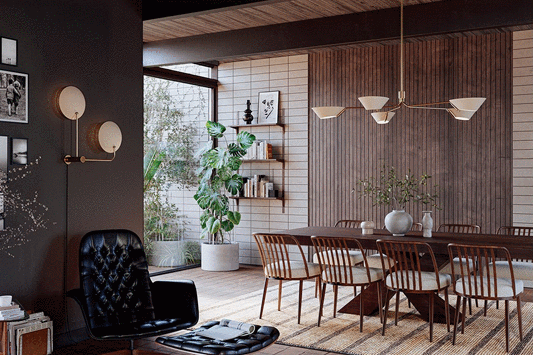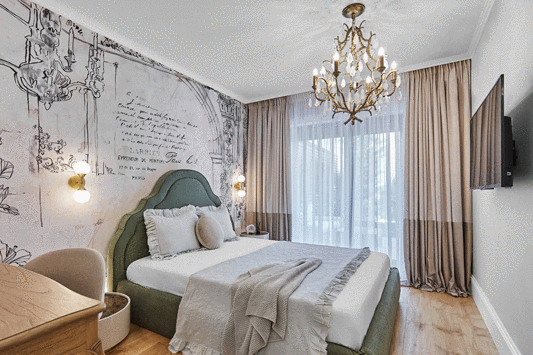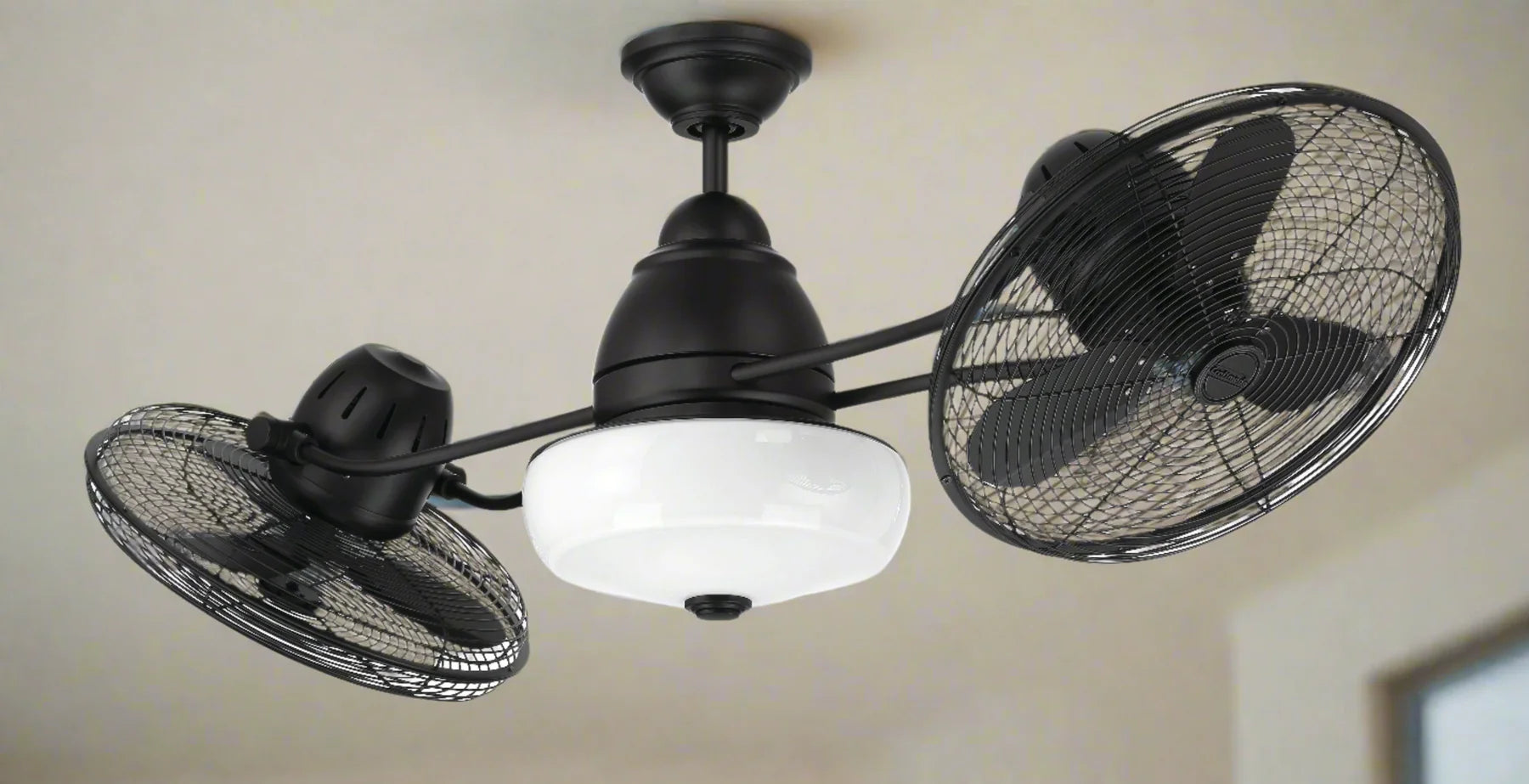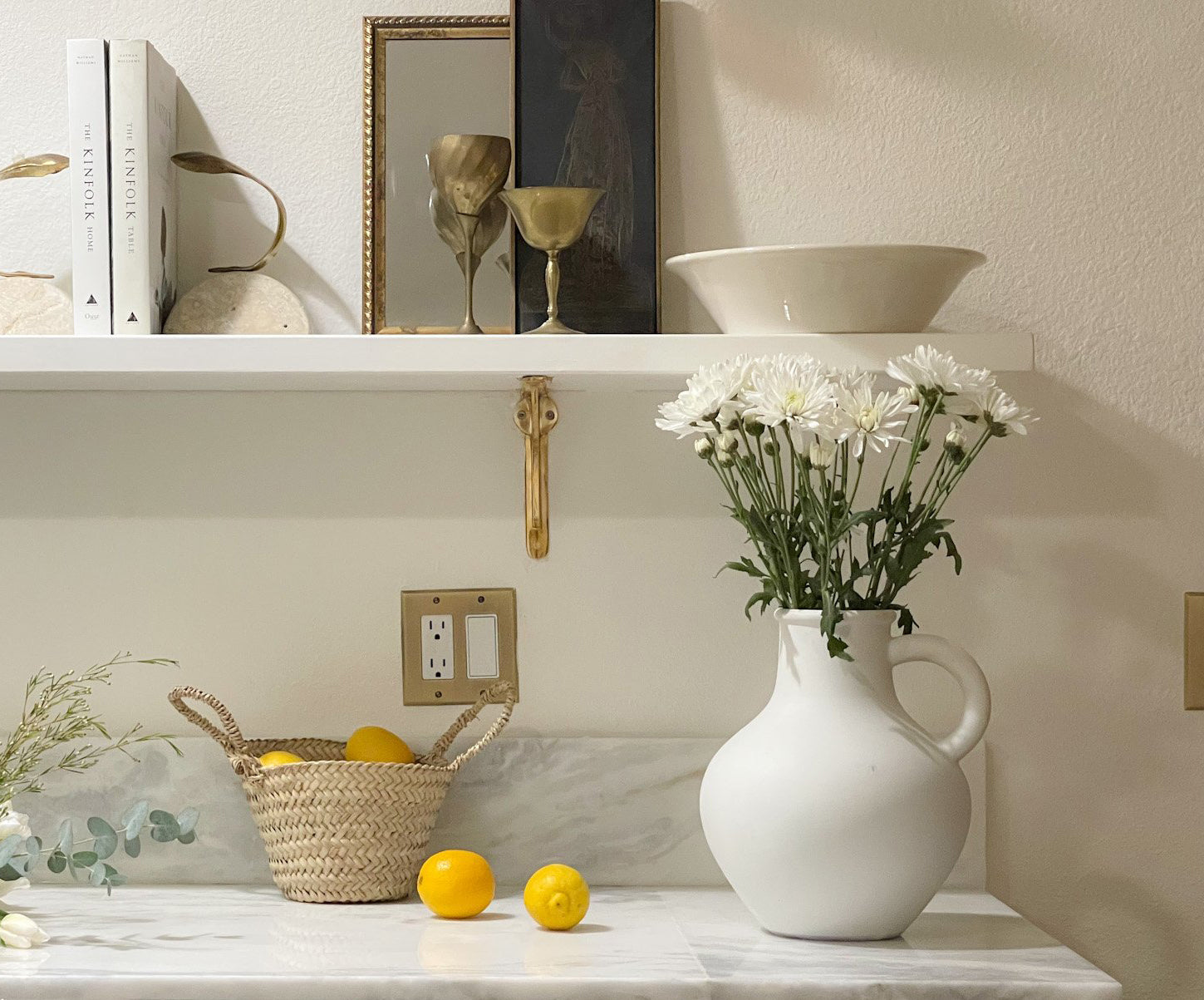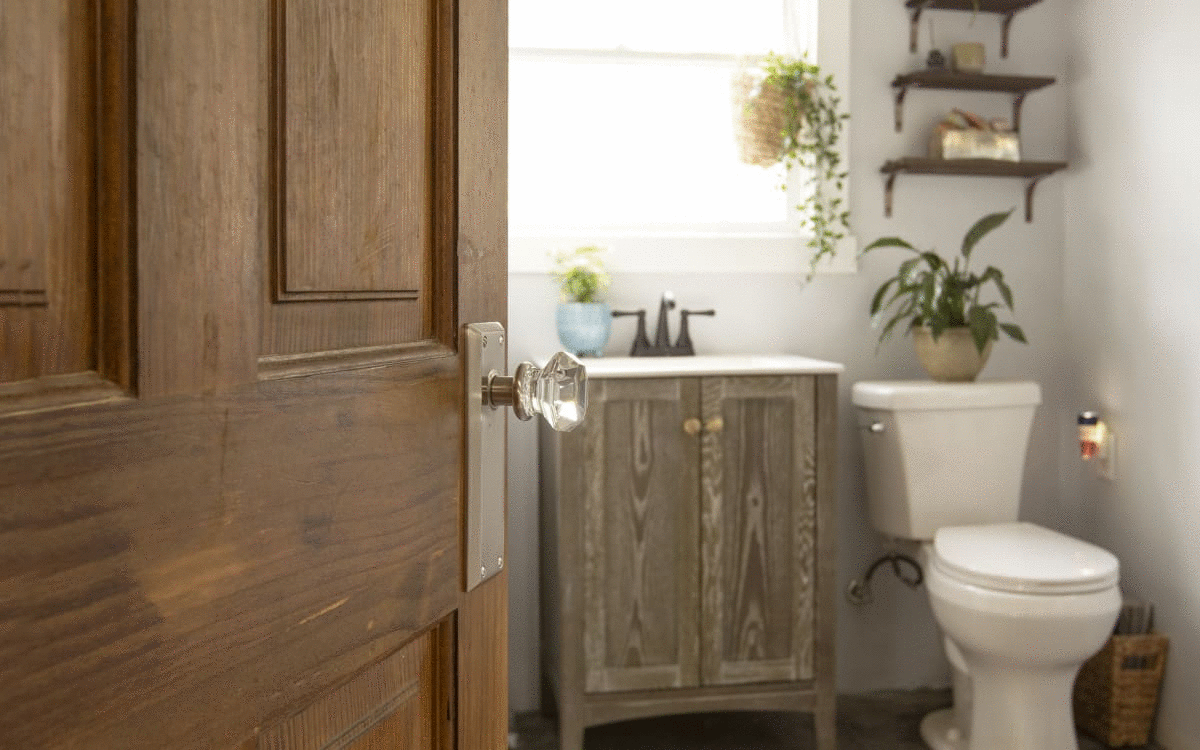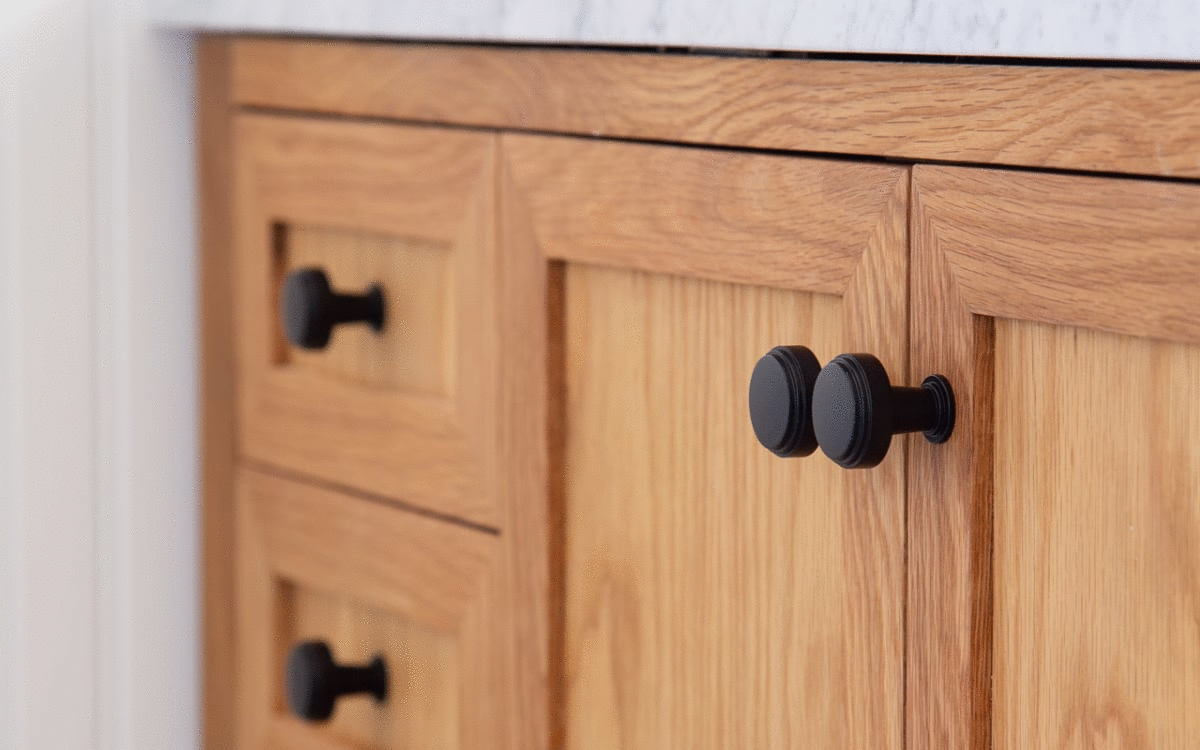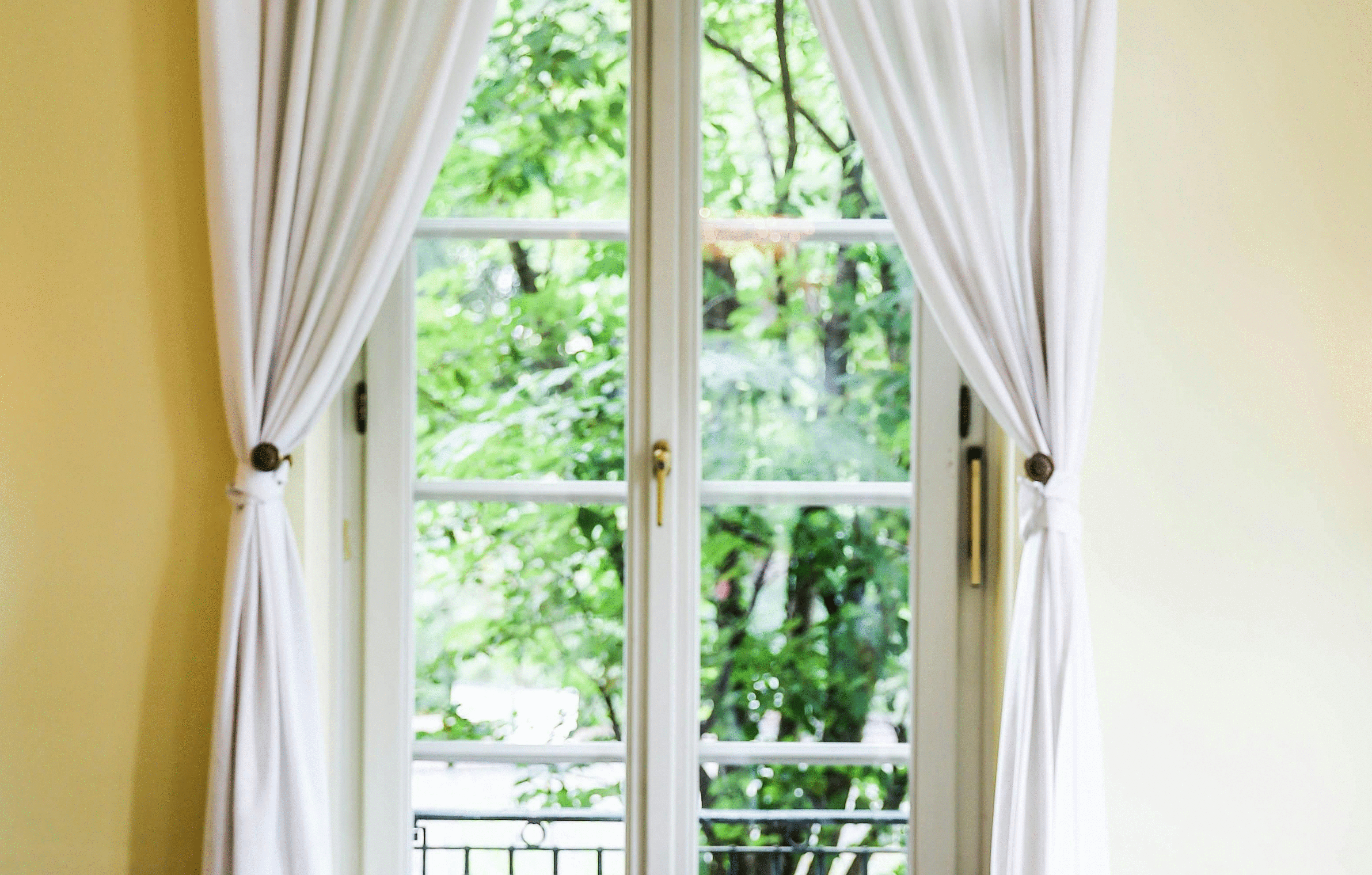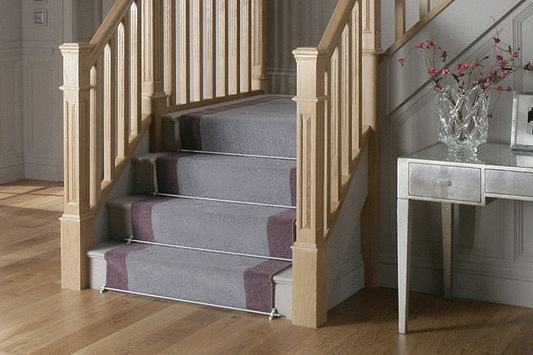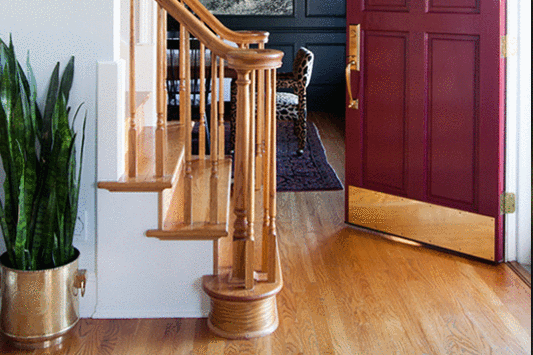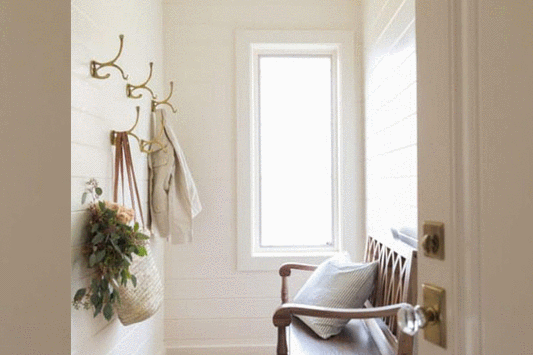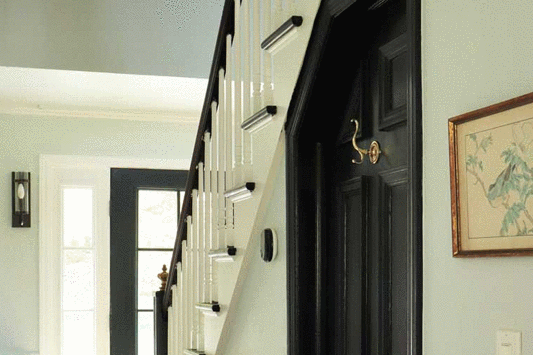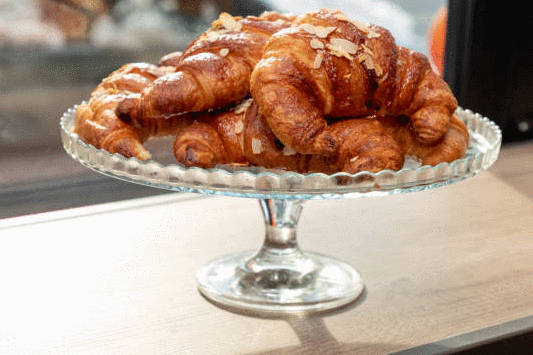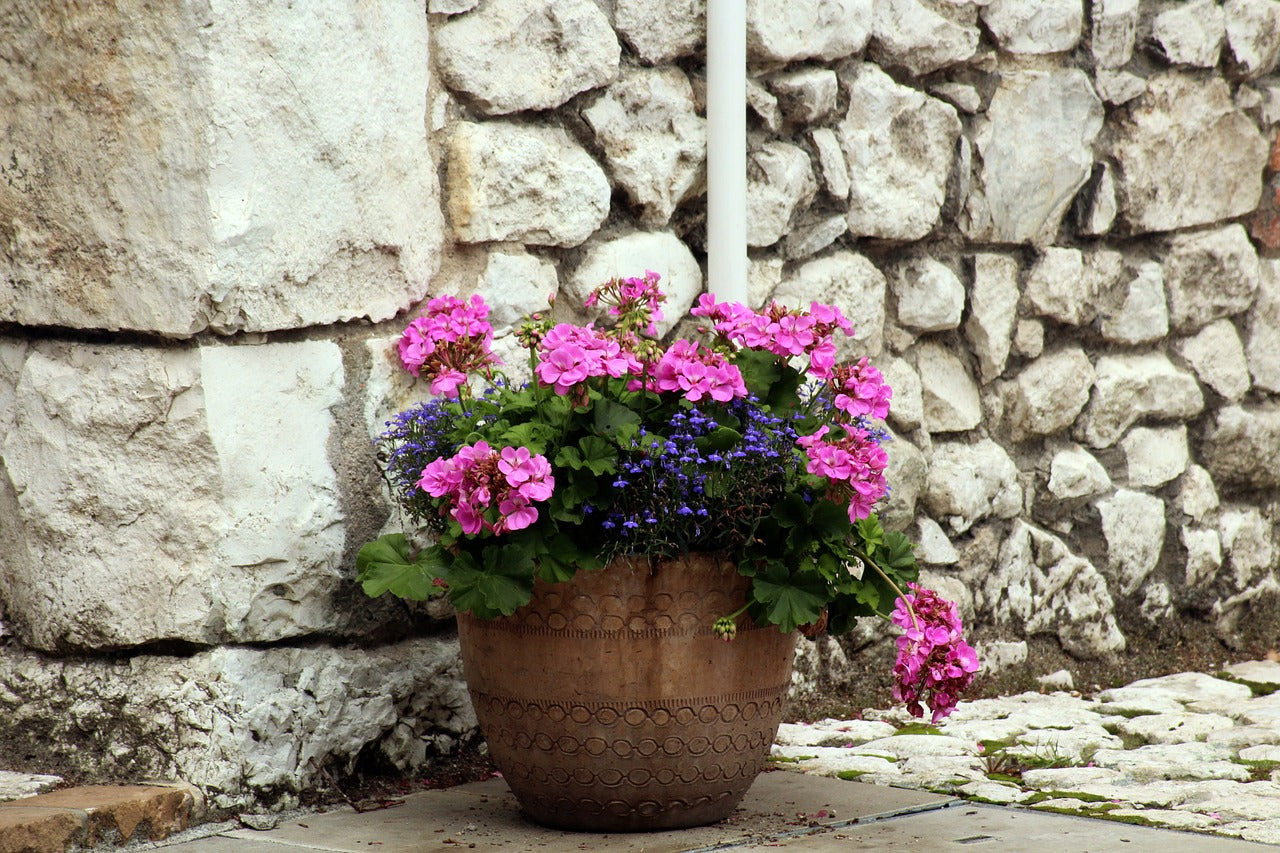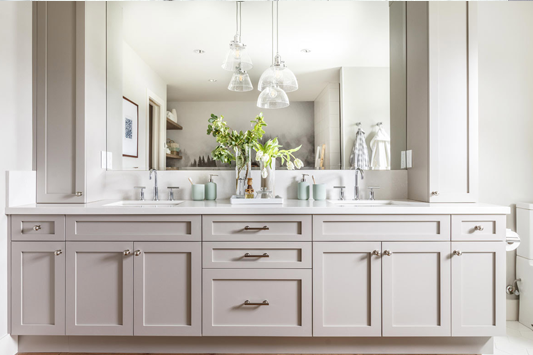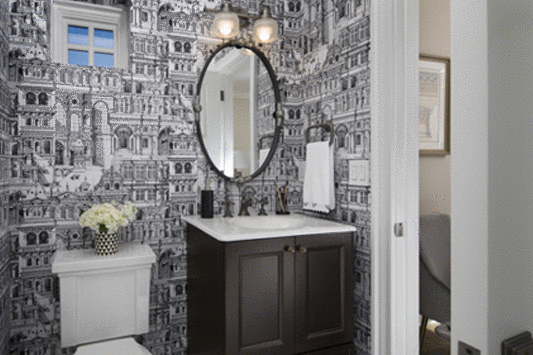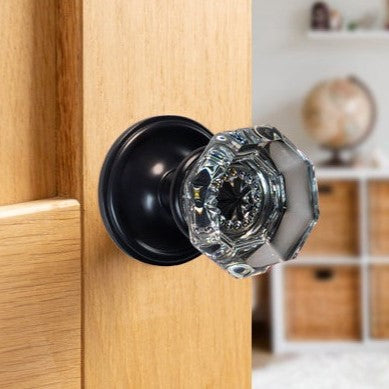Adam Style Furniture

Adam Style Furniture & Hardware was Classic Then and Still Classic Now
Crafted between 1760 and 1792, Adam style furniture is neoclassical in design. However, it is different from other neoclassical styles in that it incorporates more of the small but elegant curves and straight lines of Greek and Roman architecture rather than the ornateness. Designed by the Scottish architect and interior designer, Robert Adam, the original furniture represented a departure from the more elaborate styles of the day, which included Georgian and Chippendale.
Adam had an illustrious career. He studied classical architecture while on a grand tour of France and Italy, and on his return to England he was appointed George III’s Architect of the King’s Works. The buildings he designed were grand and represented the success and wealth of a growing British Empire. He worked with his brother to design furniture that would blend well with the character of their architectural designs. Most of the pieces were constructed for the aristocratic families of the time.
|
|
|
|
 |
 |
 |
Classical Motifs Make Furniture Distinctive
Adam furniture is beautiful, even if it is fairly simple compared to the ornate Chippendale style of furniture. Usually made of mahogany or satinwood, there were some massive pieces made to fit the large rooms of the time period. For example, Adam built large sideboards that had two pedestals, many drawers, and large Grecian urns that sat over each pedestal. Some furniture was gilded in a fashion similar to the French style, and other pieces were painted, if painting made the furniture harmonize better with the building or house architecture. A number of pieces were stained with a clear coat to allow the natural wood color to show.
Adam introduced the lyre form as a chair splat. The lyre was later copied by other furniture makers like Sheraton. In some chairs, there are griffins added between the chair seat and the splat. Most chair seats are square, but you will find special features that make the furniture unique. There are shield back chairs, classical design carvings, classical figures and much more.
|
|
|
|
 |
 |
 |
The Adam furniture pieces include chests, chairs, dining room tables, cabinets, bedroom furniture, settees, clock cases and much more. You will find a number of classical motifs added to the furniture. Honeysuckle was one of the more unusual ones. You will also find drapery swags, medallions, wheat ears, ram heads and urns. Ornamentation is fairly simple, but it does include carvings, elaborate inlays and fluting.
A defining characteristic of the furniture is that they have straight legs. There are different styles of straight legs found in Adam style furniture which keeps things interesting. They are square, tapered, turned, round and reeded straight legs. The chairs and settees were upholstered in fabrics appropriate for the wealthy and elite. The original fabrics included brocade, satin and damask.
|
|
|
|
 |
 |
 |
Many Hardware Options to Fit Old and New
The Adam style furniture was copied in the United States, so there are early reproduction antiques found in homes today. The style features are still reproduced in new furniture too. Authentic Adam style hardware on the antiques and reproductions includes the oval back plate with conforming handle, meaning the handle fits the shape of the oval when hanging down.
Also used on the furniture were metal knobs, hinges and door latches. The original hardware was brass, iron or silver. However, you can maintain the authentic appearance of your Adam style furniture today by purchasing reproduction hardware. The brass and silver hardware is polished and bright looking, while the reproduction iron hardware has a dull finish.
One of the nice features of Adam style furniture is that a variety of hardware styles and designs will work quite well. This gives you options in hardware that you can select from without worrying about a mismatch. That is one of the many advantages of owning furniture that incorporates such classic styling.


